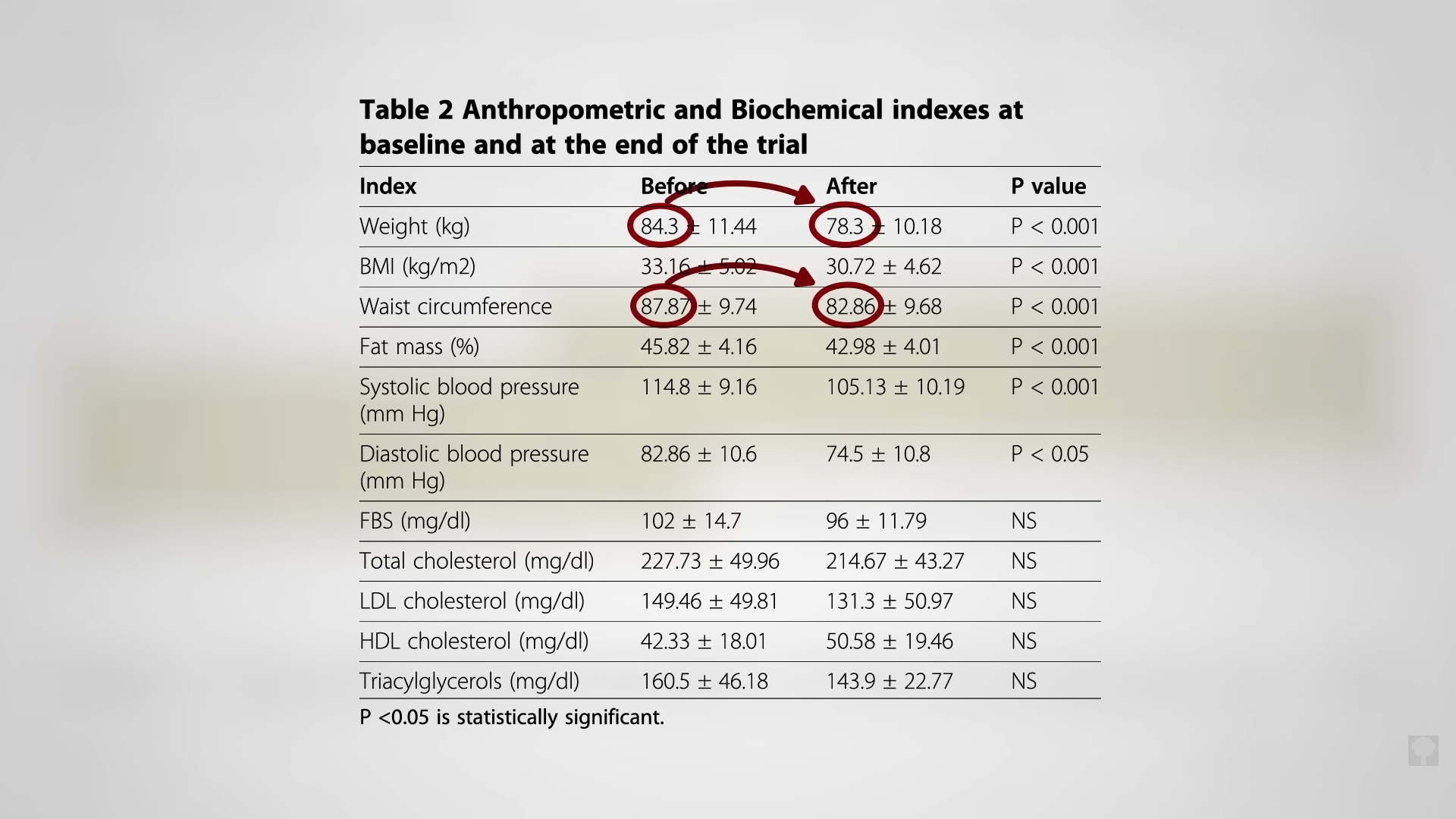[ad_1]
Does consuming each different day forestall the metabolic slowing that accompanies weight reduction, or does it enhance compliance over fixed, day-to-day caloric restriction?
Slightly than slicing energy day in and time out, what in case you as a substitute ate as a lot as you wished each different day or for only some hours a day? Or, what in case you fasted two days per week or 5 days a month? These are all examples of intermittent fasting regimens, as you possibly can see beneath and at 0:10 in my video Alternate-Day Intermittent Fasting Put to the Test, and that will even be how we had been built. Three meals a day could also be a comparatively novel habits for our species. For millennia, “our ancestors couldn’t eat three meals every single day. They consumed meals a lot much less regularly, and infrequently consumed one massive meal per day or went for a number of days with out meals.” 
Intermittent fasting is commonly presented as a way of stressing your physique—in a great way. There’s a idea in biology called hormesis, which might be regarded as the “that which doesn’t kill you makes you stronger” precept. Train is the traditional instance: You set stress in your coronary heart and muscular tissues, and so long as there’s ample restoration time, you’re all of the more healthy for it. Is that the case with intermittent fasting? Mark Twain thought so: “A little bit hunger can actually do extra for the typical sick man than can the very best medicines and the very best docs. I don’t imply a restricted weight loss program, I imply complete abstention from meals for one or two days.”
However, Twain additionally said, “Many a small factor has been made massive by the proper of promoting.” Is the craze over intermittent fasting simply hype? Many weight loss program fads have their roots “in legit science,” however over time, info can get distorted, advantages exaggerated, and dangers downplayed. In different phrases, “science takes a again seat to advertising.” On the similar time, you don’t wish to lose out on any potential profit by dismissing one thing out of hand based mostly on the absurdist claims of overzealous promoters. You don’t wish to throw the newborn out with the newborn fats.
Spiritual fasting is probably the most studied type of intermittent fasting, particularly Ramadan, a month-long interval during which “Muslims abstain from foods and drinks from dawn till sundown.” The results are complicated by a change in sleeping patterns and in addition thirst. The identical dehydration challenge arises with Yom Kippur when observant Jews cease consuming and ingesting for about 25 hours. Essentially the most studied type of intermittent fasting that offers solely with meals restriction is alternate-day fasting, which involves consuming each different day, alternating with days consuming little or no energy.
At relaxation, we burn a couple of 50:50 mixture of carbohydrates and fats, however we often run out of glycogen—our carbohydrate shops—inside 12 to 36 hours of stopping consuming. At that time, our physique has to shift to rely extra on our fats shops. This metabolic change could assist explain why the best fee of breakdown and burning of fats over a three-day quick occurs between hours 18 and 24 of the 72 hours. The hope is to reap a number of the advantages of taking a break from consuming with out the dangers of extended fasting.
One of many potential advantages of alternate-day fasting over continual calorie restriction is that you simply get common breaks from feeling fixed starvation. However might individuals change into so famished on their fasting day that they flip the subsequent right into a feasting day? After your fasting day, in case you ate greater than twice as a lot as you usually would, that presumably would defeat the entire level of alternate-day fasting. Mice fed each different day don’t shed weight. They only eat roughly twice as a lot meals in sooner or later as non-fasted mice would commonly eat in two days. That isn’t, nonetheless, what happens in individuals.
Research members had been randomized to quick for a day and a half—from 8:00 p.m. to eight:00 a.m. the second morning after starting. Fasting for 36 hours solely led to individuals consuming a median of 20 p.c extra the day after they broke the quick, in comparison with a management group who didn’t quick in any respect. That would go away the fasters with a big calorie deficit, equal to a every day caloric restriction of practically a thousand energy a day. This specific examine concerned lean women and men, however related outcomes have been discovered amongst obese or overweight topics. Researchers sometimes found solely a couple of 10 to 25 p.c compensatory enhance in calorie consumption over baseline on non-fasting days, and this seems to be the case whether or not the fasting day was a real zero-calorie quick or a modified quick day of some hundred energy, which can result in higher compliance.
Some research have found that members appeared to eat no extra, and even eat much less, on days after a day-long mini-fast. Even inside research, nice variability is reported. In a 24-hour fasting examine the place people ate an early dinner after which had a late dinner the subsequent day after skipping breakfast and lunch, the diploma of compensation on the second dinner ranged from 7 p.c to 110 p.c, as you possibly can see within the graph beneath and at 4:40 in my video. This means that a number of the members obtained so hungry by the point supper rolled round that they ate greater than 24 hours’ value of energy in a single meal. The researchers recommended that maybe individuals first attempt “check fasts” to see how a lot their starvation and subsequent consumption ramp up earlier than contemplating an intermittent fasting routine. Starvation ranges can change over time, although, dissipating as your physique habituates to the brand new regular.

In an eight-week examine during which overweight topics had been restricted to about 500 energy each different day, after roughly two weeks, they reportedly began feeling little or no starvation on their slashed calorie days. This little doubt helped them lose a couple of dozen kilos on common over the length of the examine, however there was no management group with whom to match. The same examine that did have a management group found an identical quantity of weight reduction—about ten kilos—over 12 weeks in a bunch of “regular weight” people, which suggests obese on common. For these modified regimens the place individuals are prescribed 500 energy on their “fasting” days, researchers found that, from a weight-loss perspective, it didn’t seem to matter whether or not these energy are divided up all through the day or eaten in a single meal.
As a substitute of prescribing a set variety of energy on “fasting” days, which many individuals discover troublesome to calculate exterior of a examine setting, a pair of Iranian researchers came upon an excellent thought of limitless above-ground greens. Starchy root greens are comparatively calorie-dense in comparison with different greens. Veggies that develop above the bottom embody stem greens (like celery and rhubarb), flowering greens (like cauliflower), leafy greens (like, properly, leafy greens), and all the fruits we have a tendency to think about as greens (like tomatoes, peppers, okra, eggplant, string beans, summer season squash, and zucchini). So, as a substitute of prescribing a sure variety of energy for “fasting” days, researchers had topics alternate between their common weight loss program and serving to themselves to an all-you-can-eat, above-ground vegetable feast (together with naturally non-caloric drinks, like inexperienced tea or black espresso) each different day. After eight weeks, the themes misplaced a median of 13 kilos and two inches off their waist, as you possibly can see beneath and at 6:59 in my video.

The identical variability found for calorie compensation has additionally been found for weight reduction, as seen within the graph beneath and at 7:10 in my video. In a 12-month trial during which topics had been instructed to eat solely one-quarter of their caloric wants each different day, weight modifications diversified from a lack of about 37 kilos to a acquire of about Eight kilos. The most important issue differentiating the low-weight-loss group from the high-weight-loss group gave the impression to be not how a lot they feasted on their common weight loss program days, however how a lot they had been capable of adjust to the calorie restriction on their quick days.

General, ten out of ten alternate-day fasting research showed important reductions in physique fats. Small short-term research show a couple of Four to eight p.c drop in physique weight after three to 12 weeks. How does that examine with steady calorie restriction? Researchers compared zero-calorie, alternate-day fasting head-to-head to a every day 400-calorie restriction for eight weeks. Each teams misplaced the identical quantity of weight, about 17 kilos, and, within the follow-up check-in six months later after the trial had ended, each teams had maintained an identical diploma of weight reduction; each had been nonetheless down a couple of dozen kilos, as you possibly can see beneath and at 8:10 in my video.

The hope that intermittent fasting would someway avoid the metabolic variations that sluggish weight reduction or enhance compliance doesn’t appear to have materialized. The identical compensatory reactions by way of elevated urge for food and a slower metabolism plague each steady and intermittent caloric restriction. The longest trial of alternate-day fasting found that “alternate-day fasting could also be much less sustainable” than extra conventional approaches. By the tip of the 12 months, the drop-out fee of the alternate-day fasting group was 38 p.c, in comparison with 29 p.c within the steady calorie-restriction group.
Though alternate-day fasting regimens haven’t been shown to provide superior weight reduction up to now, for people who could prefer this sample of calorie restriction, are there any downsides? Discover out in my video Is Alternate-Day Intermittent Fasting Safe?.
I packed rather a lot into this one. Backside line: Fasting doesn’t seem to offer an edge over conventional calorie slicing, however in case you favor it, why not give fasting a attempt? Earlier than you do, first try Is Alternate-Day Intermittent Fasting Safe?.
What about complete fasting? For that and much more, try the associated movies beneath.
I’ve a complete chapter on intermittent fasting in my ebook How To not Eating regimen—order now! (All proceeds I obtain from my books are donated to charity.)
[ad_2]
Source link










